India Raids Alleged Crypto MLM Empire as $275M Money Laundering
The Metaverse 5 years from now
(Originally posted on : NFTICALLY )
The world cannot stop gushing about the metaverse. Undoubtedly, the widespread adoption of NFTs by artists, brands, and celebrities is the reason for this phenomenon. NFTICALLY, a white-label NFT marketplace solution provider, takes a look at the future of Web 3.0 in the next 5 years.
What to expect from the metaverse in the years to come?
Augmented Reality (AR)
Currently, the focus of artists has shifted from creating value to offering a one-of-the-kind experience. Augmented Reality offers immersiveness and anyone can use their smartphones to visualize the extravaganza right before their eyes. There are plenty of use-cases. AR NFTs can represent eye-catching artwork, gaming accessories, as well as products sold on an e-commerce platform. It balances the expectations of the real and virtual worlds.
Creators can also add sounds and visual effects for showcasing their crypto collectibles ahead of the official release. AR can make a big impact in the fashion industry. For instance, prospective buyers can try on outfits and sneakers before actually purchasing them. Brands can also impress their customers in the metaverse by offering digital avatars that directly interact with human beings.
Also Read: Why fashion brands should move in as quickly as possible into Web 3.0
Hence, Augmented Reality can play a big role in how investors perceive NFTs. Smart contracts store details of the rights to ownership and usage. The monetary value of the collectible will depend on how the digital asset is juxtapositioned in the metaverse. In the coming years, exclusive platforms will emerge for creating and buying AR NFTs. Potential investors can directly interact with virtual assets. Moreover, native token holders can stake the digital assets and pocket high returns. They will also receive special access to NFT drops.
Virtual Reality (VR)
State-of-the-art headsets enable users to directly watch art galleries and events. Generally, creators can sync their software wallets and set up their NFT collection quickly. A variety of templates and integrations are available for artists. They can adjust the size, colour, and frames and share them with the entire world. Subsequently, creators can reach out to their community by hosting events for a specific number of people in a custom 3D environment. Features like live translation, instant content upload, screen-sharing, muting, adding and removing of participants are necessary when artists display their collectibles in a virtual space.
Operating in a simulated environment, Virtual Reality (VR) can be a game-changer in industries like artwork, entertainment, and sports. Hosts of an event or a gallery can directly interact with visitors. Viewers can see details like the name of the artist, a description of their artwork, tags, and the price of the NFT collection.
Also Read: The First Movers Advantage with NFTs – When, How, and Why
The gaming industry is also adopting Virtual Reality in a big manner. Both Player-vs-Player (PVP) and Player-vs-Environment (PVE) games use VR for combat, shooting targets, and also for collaborating with different teams.
NFTs are also the rage in the sports industry. Players, teams, and leagues across disciplines like cricket, football, basketball, baseball, ice hockey, tennis, and Formula1 are launching their collections on various marketplaces. VR can play a role in practice sessions and while training players. Fans can also see videos of their favourite sportspersons preparing for different matches and tournaments.
Artificial Intelligence (AI)
Machine Learning (ML) algorithms generate artwork like portraits and paintings. Text-to-art generators assist in creating images that suit the tastes and preferences of the artists. Later, creators should sync their software wallets and mint their unique creations. There is no duplication as links to the minted NFT are shown when anyone tries to create an artwork with the same text.
Generative Adversarial Networks (GANs) help in training machines for creating images. A combination of Artificial Intelligence, Deep Learning, and Speech Recognition determine the randomness of the patterns and designs. Later, the machine-generated artwork is sold via auctions on NFT marketplaces. Crypto collectibles can also be minted based on the behavioural tendencies and emotions of the target audience. Extraordinary visuals can be created after computers are trained in recognizing images.
Internet of Things (IoT)
Connected devices can also represent NFTs. It transfers data securely to a decentralized cloud. Blockchain technology also facilitates machine-to-machine (M2M) communication on a real-time basis. It ensures authenticity, facilitates transparency, and also removes intermediaries.
Wrapping Up
The market conditions for the metaverse economy are quite optimistic. 5 years down the line, more artists will collaborate with machines to create unique images. Amidst the intense competition in the Web 3.0 era, it is ideal to reach out to NFTICALLY for NFT marketplace development. What are you waiting for? Take the first step forward, connect with us now, mint your NFTs and witness record-breaking sales.
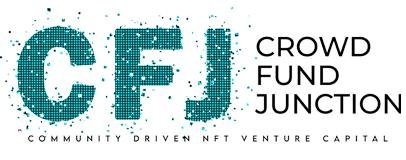

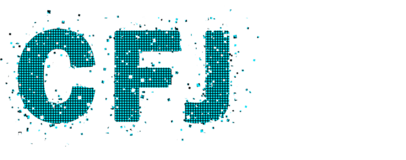
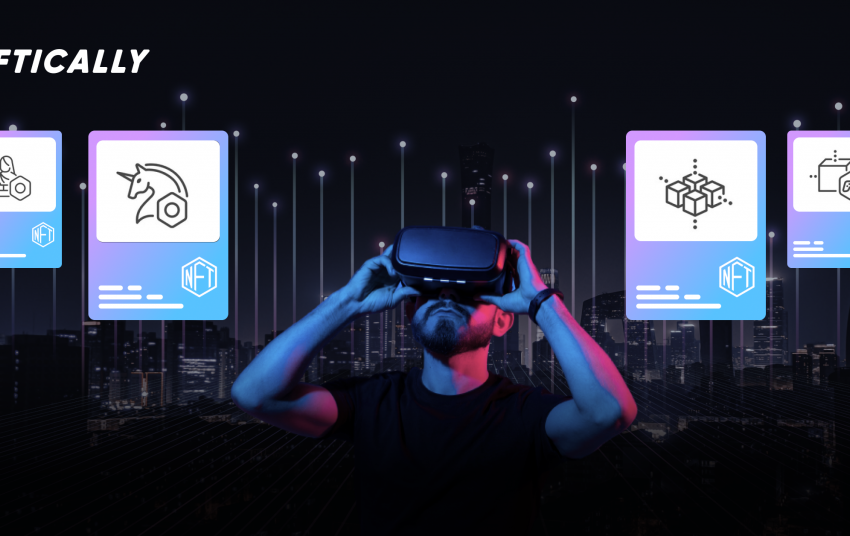

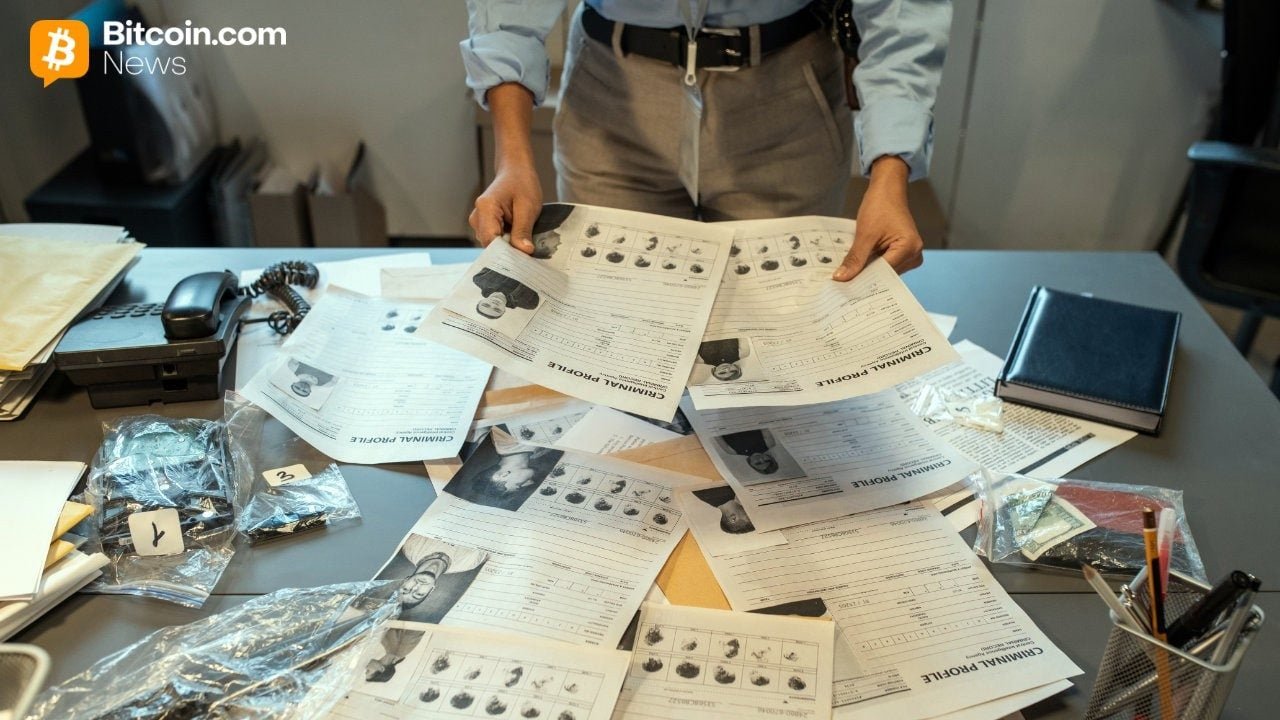

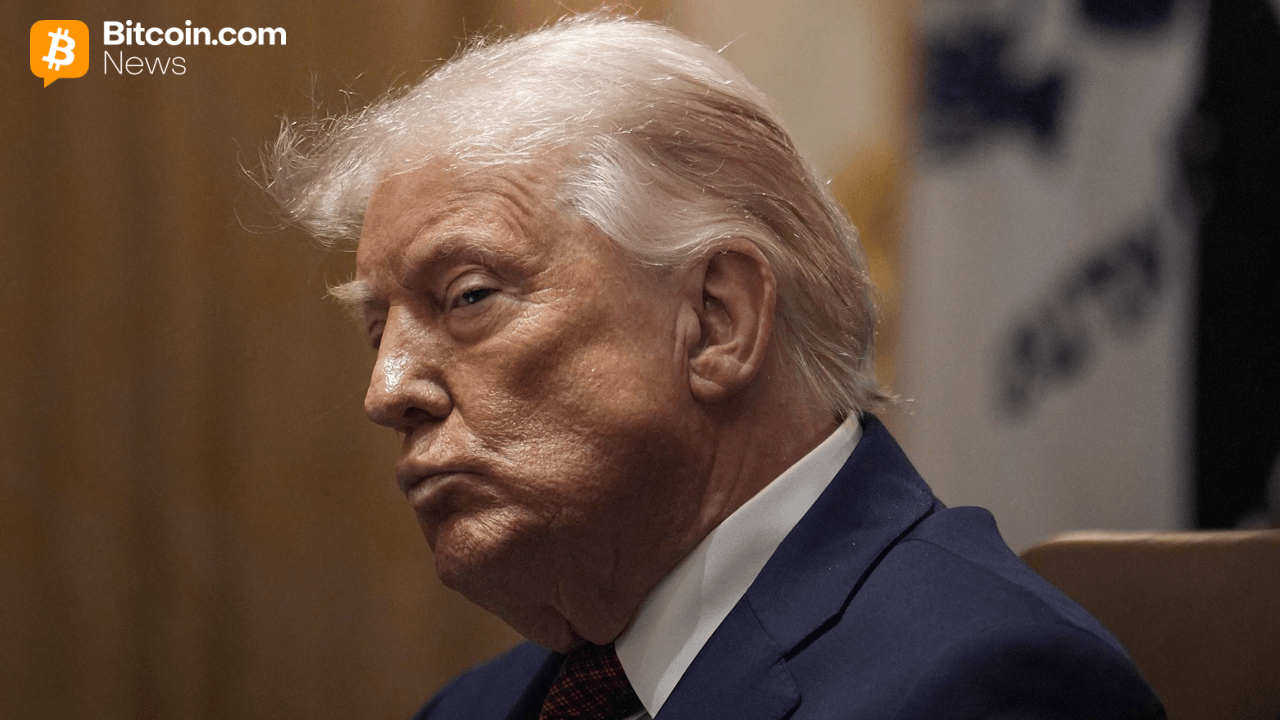
 Bitcoin
Bitcoin  Ethereum
Ethereum  Tether
Tether  XRP
XRP  USDC
USDC  Wrapped SOL
Wrapped SOL  TRON
TRON  Lido Staked Ether
Lido Staked Ether  Dogecoin
Dogecoin  Figure Heloc
Figure Heloc  Cardano
Cardano  WhiteBIT Coin
WhiteBIT Coin  Wrapped stETH
Wrapped stETH  Wrapped Bitcoin
Wrapped Bitcoin  Bitcoin Cash
Bitcoin Cash  USDS
USDS  Binance Bridged USDT (BNB Smart Chain)
Binance Bridged USDT (BNB Smart Chain)  Chainlink
Chainlink  Wrapped eETH
Wrapped eETH  LEO Token
LEO Token  WETH
WETH  Monero
Monero  Hyperliquid
Hyperliquid  Stellar
Stellar  Zcash
Zcash  Ethena USDe
Ethena USDe  Coinbase Wrapped BTC
Coinbase Wrapped BTC  Litecoin
Litecoin  Sui
Sui  Avalanche
Avalanche  Hedera
Hedera  USDT0
USDT0  sUSDS
sUSDS  Shiba Inu
Shiba Inu  Dai
Dai  Mantle
Mantle  PayPal USD
PayPal USD  Toncoin
Toncoin  World Liberty Financial
World Liberty Financial  Cronos
Cronos  Ethena Staked USDe
Ethena Staked USDe  Uniswap
Uniswap  Polkadot
Polkadot  MemeCore
MemeCore  Aave
Aave  USD1
USD1  Rain
Rain  Canton
Canton  Bittensor
Bittensor  Bitget Token
Bitget Token  OKB
OKB  Tether Gold
Tether Gold  Falcon USD
Falcon USD  NEAR Protocol
NEAR Protocol  Ethereum Classic
Ethereum Classic  Aster
Aster  BlackRock USD Institutional Digital Liquidity Fund
BlackRock USD Institutional Digital Liquidity Fund  Binance-Peg WETH
Binance-Peg WETH  Jito Staked SOL
Jito Staked SOL  Pepe
Pepe  Ethena
Ethena  Pi Network
Pi Network  Internet Computer
Internet Computer  Jupiter Perpetuals Liquidity Provider Token
Jupiter Perpetuals Liquidity Provider Token  syrupUSDC
syrupUSDC  HTX DAO
HTX DAO  PAX Gold
PAX Gold  Pump.fun
Pump.fun  Global Dollar
Global Dollar  Circle USYC
Circle USYC  KuCoin
KuCoin  syrupUSDT
syrupUSDT  Sky
Sky  BFUSD
BFUSD  Ripple USD
Ripple USD  Worldcoin
Worldcoin  Binance Bridged USDC (BNB Smart Chain)
Binance Bridged USDC (BNB Smart Chain)  Ondo
Ondo  Rocket Pool ETH
Rocket Pool ETH  Gate
Gate  Aptos
Aptos  POL (ex-MATIC)
POL (ex-MATIC)  Binance Staked SOL
Binance Staked SOL  Wrapped BNB
Wrapped BNB  Arbitrum
Arbitrum  Quant
Quant  Official Trump
Official Trump  Algorand
Algorand  Midnight
Midnight  Function FBTC
Function FBTC  Cosmos Hub
Cosmos Hub  Liquid Staked ETH
Liquid Staked ETH  Lombard Staked BTC
Lombard Staked BTC  Solv Protocol BTC
Solv Protocol BTC